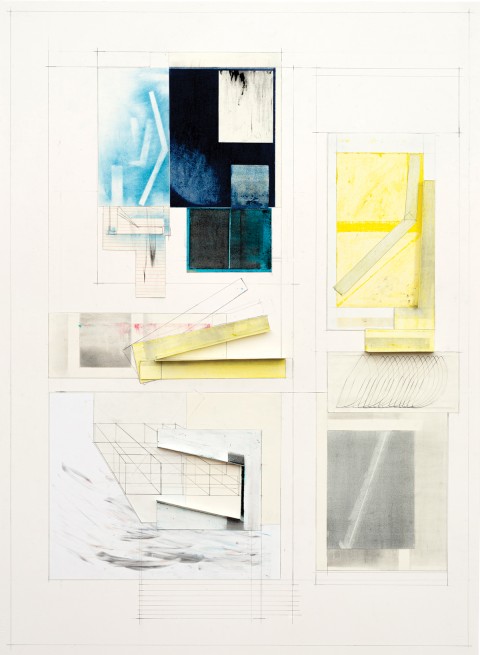The poetic space of the liturgy
What if we suspend our disbelief, collapse our ironic distance, and allow ourselves to go in?

(Shifts in the Walls at Night, by Deb Sokolow)
Ten years ago when I was young and green—merely 58—and very suspicious of anything religious, I took a class at Yale Divinity School with Christian Wiman that looked through the lens of poetry at faith and then back through the lens of faith at poetry. Allergic to dogma, I hungered for space. I began to experience certain poems as virtual sacred spaces I could enter and exit. I pried open the book of poems like the door of some abandoned church and slunk in.
People I liked went in there with me. I read the poems in a small class with a good teacher. My listening was listened to. Love was involved in the whole enterprise.
So was death. Some of us were not well. When the finite parameters of life are brought into focus, the hunger for truth ramifies. The pit opens, and we care enough to look. We can’t afford to be ironic. We want to know what will save us.





